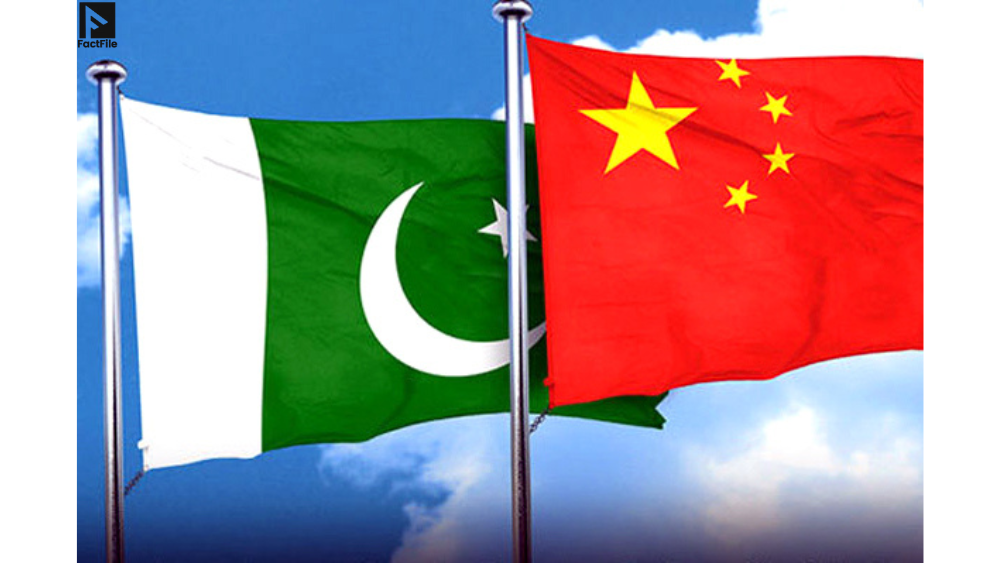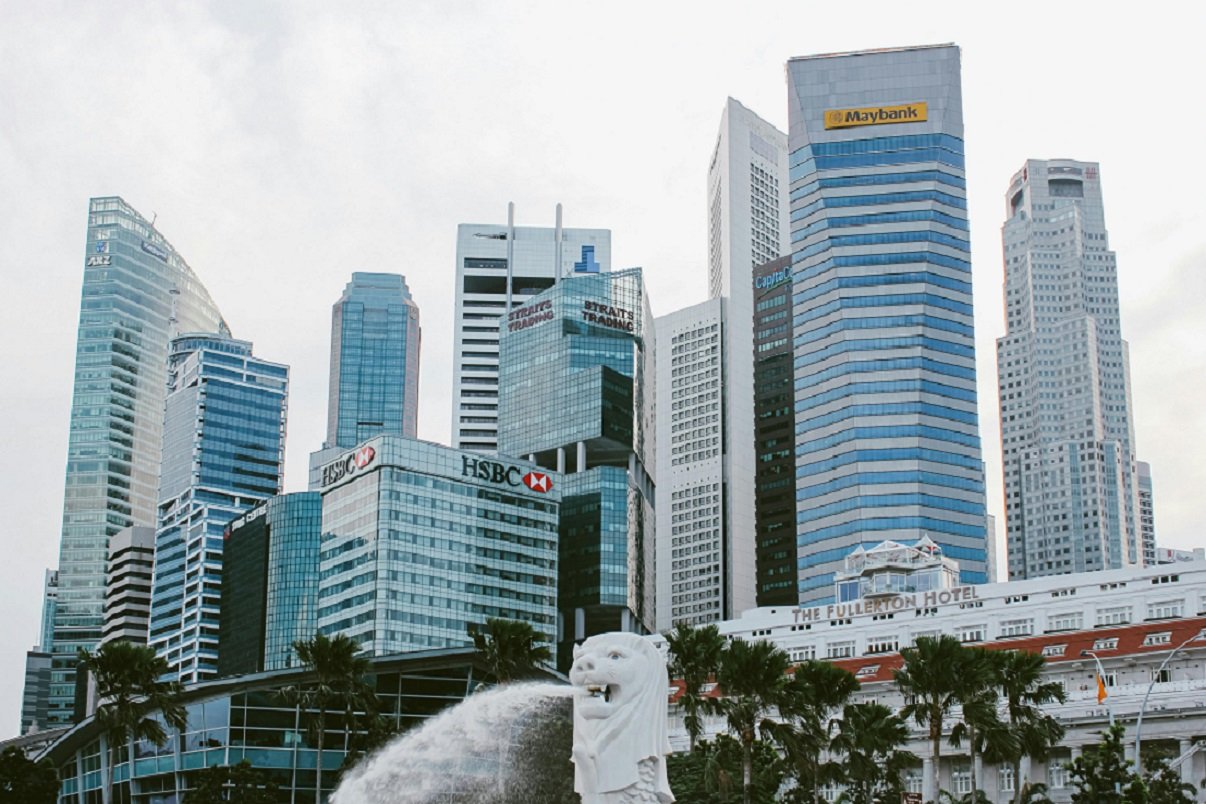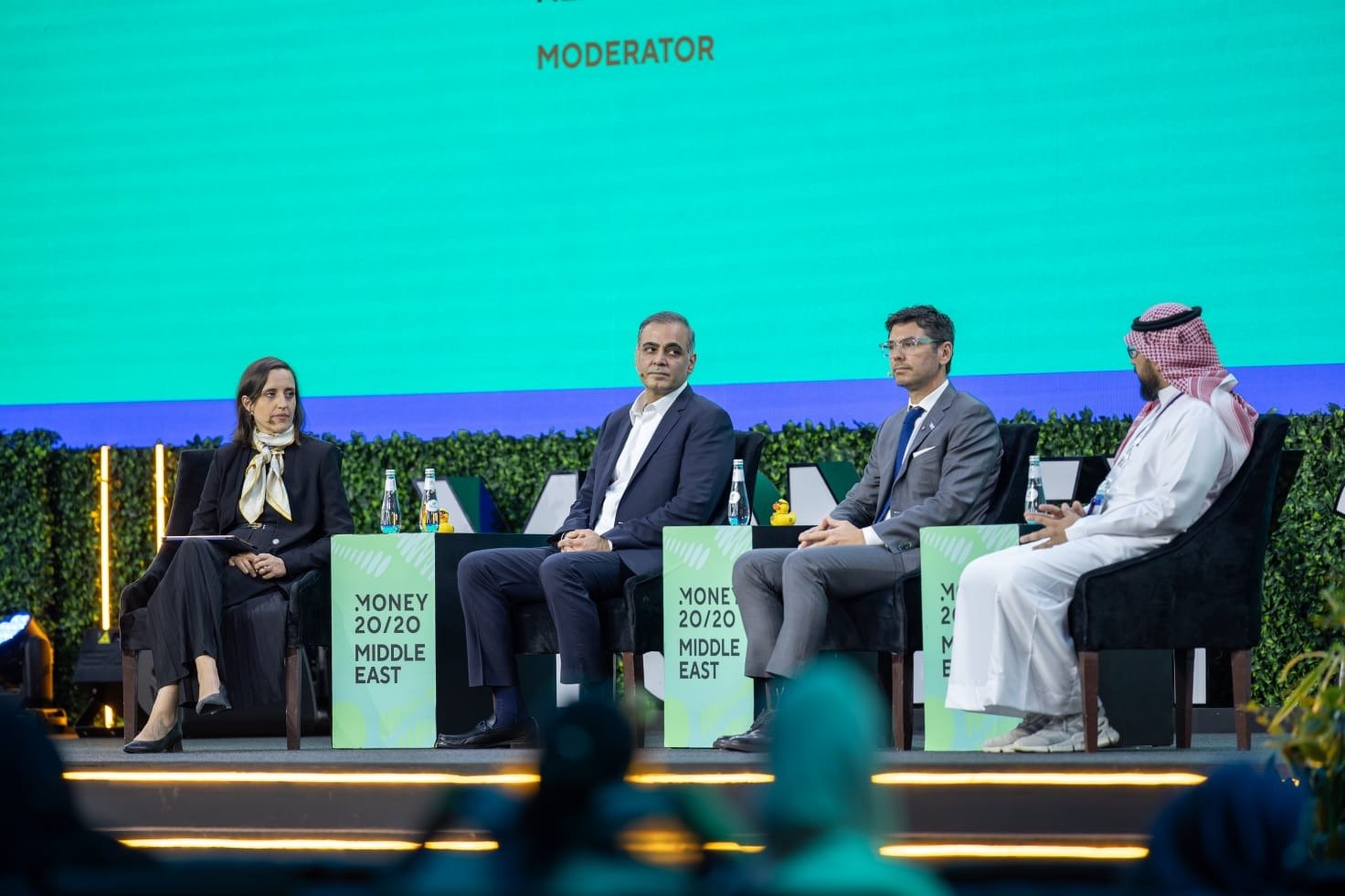Pakistan has released Rs. 100 billion to Chinese power producers, a move designed to ease Beijing’s long-standing concerns over delayed payments. The government expects this major settlement to reduce outstanding liabilities to Chinese Independent Power Producers (IPPs) by nearly one-fourth.
Officials from the Finance Ministry confirmed that instructions had been issued for immediate disbursement. The amount will come from subsidies already earmarked in the current fiscal year’s budget. They also revealed that another Rs. 8 billion will be provided from routine allocations, ensuring Chinese IPPs receive overdue funds within days.
Timely Move Before Beijing Visit
The decision comes just ahead of Prime Minister Shehbaz Sharif’s trip to Beijing, where he will attend the Shanghai Cooperation Organization (SCO) Heads of State meeting this weekend. Alongside the summit, Pakistan’s embassy will host an investment conference to showcase new opportunities to Chinese firms.
Officials said the Prime Minister had directed the Finance Ministry to complete the Rs. 100 billion payment before August 25. As of June, Pakistan’s unpaid dues to CPEC-linked energy projects stood at Rs. 423 billion. After the latest settlement, the outstanding balance will fall to just over Rs. 300 billion, offering some relief in Islamabad’s strained financial landscape.
History of Payments to Chinese Power Producers
Despite heavy repayments, liabilities to Chinese IPPs have continued to grow. Since 2017, Pakistan has transferred Rs. 5.1 trillion to 18 Chinese power projects. This amount covers about 92% of their billed costs, including interest payments.
Finance officials argue that the actual principal amount due is now below Rs. 300 billion. They claim the larger figure of Rs. 423 billion reflects accumulated late-payment surcharges rather than fresh borrowing or unpaid energy use.
Breach of the CPEC Energy Agreement
The build-up of unpaid dues has raised concerns in Beijing. Under the 2015 CPEC Energy Framework Agreement, Pakistan must ensure timely settlement of all liabilities. Payments are required regardless of whether Islamabad recovers funds from end-consumers through bills.
By clearing Rs. 100 billion, Pakistan aims to demonstrate good faith and repair trust with its largest CPEC partner. The move is also seen as an attempt to secure stronger cooperation in upcoming projects, including energy, railways, and digital infrastructure.
Circular Debt and Borrowing Plans
The latest settlement is only a partial solution to Pakistan’s growing circular debt crisis. Overall liabilities in the energy sector remain vast, owed to state-owned, nuclear, private, and Chinese power producers.
To address this, the Finance Ministry is negotiating nearly Rs. 1.3 trillion in fresh loans from domestic commercial banks. If finalized, the funds will help retire a significant portion of circular debt. However, experts caution that the arrangement is not yet complete and depends on complex terms under discussion.
The Scale of the Energy Debt Crisis
Pakistan’s circular debt has reached alarming levels in recent years. While the government announced that debt stocks had reduced by Rs. 800 billion in June, many analysts warn that this reduction was due to one-off payments rather than genuine structural reform.
Consumer groups also argue that subsidies intended to provide relief to households were instead diverted to pay IPPs. Business associations such as the FPCCI have raised questions about whether debt clearance alone will address inefficiencies in transmission and billing systems.
A Gesture of Confidence
By releasing Rs. 100 billion before the Prime Minister’s China visit, Islamabad sends a signal of commitment to its most important economic partner. Beijing has repeatedly expressed frustration over payment delays, which have affected Chinese investors’ confidence in Pakistan’s energy market.
ALSO READ
The settlement is therefore both financial and political. It reassures China that Pakistan values CPEC projects, while also setting the stage for deeper cooperation during high-level meetings in Beijing.
Looking Ahead
Pakistan’s energy sector remains under immense strain, and the Rs. 100 billion payment only addresses part of the challenge. Long-term reforms are needed to reduce losses, improve billing efficiency, and restructure tariffs.
Still, the government hopes that this gesture will strengthen ties with China at a critical diplomatic moment. With Shehbaz Sharif preparing to meet Chinese leadership at the SCO summit, Pakistan’s willingness to prioritize Chinese IPPs highlights the central role of Beijing in its economic recovery strategy.
At the same time, broader financial stability remains in focus, as the Pakistani Rupee hits its strongest level since May against the US Dollar, reflecting shifting market confidence.





